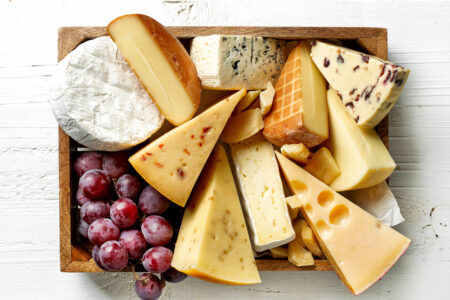Waste and renewal

Image: Suzanne Christiansen
The UK loses around 330,000 tonnes of milk each year, according to the Waste and Resources Action Programme (WRAP). The biggest culprit for dairy waste generation is consumers. According to WRAP, homes generate nearly 90 per cent of the total milk waste in the country – around 290,000 tonnes.
This is interesting, as we tend to waste very little milk in this house. It is mostly consumed in great quantities by the family. When I get an extra litre of milk, I turn it into yogurt. I don’t often get that extra litre to use.
Overall, it behoves us to use it or lose it. Anaerobic digestion is a good place to start up the supply chain at cheese makers and so forth, but having it on-site at a domestic household may be problematic. It would be tempting to put it at the back of the garden, but there may also be an issue with the foxes and squirrels breaking in. They do enough damage to the pots and plants outside.
In the meantime, we have our very imperfect version of digestion, which is found in the compost bins that we feed regularly (we have five between the house and the allotment). As a result, we have compost that is used in our plant pots and around the garden and allotment. At this point, between that and the royal manure deliveries we use to top up the bins, we’re pretty well set.
However, as I say it’s an imperfect system – we get more than a few volunteer plants that grow up along our planned seeds, which are mostly tomatoes and potatoes. As you can see from the photo, with global warming, we’re getting other, more tropical volunteer plants. If the pictured one survives and thrives, who knows? I will skip the imported avocado purchases in the future.
- Suzanne Christiansen, editor, Dairy Industries International.
Keep in touch via email: [email protected]
Twitter: @dairyindustries or LinkedIn: Dairy Industries International magazine.



